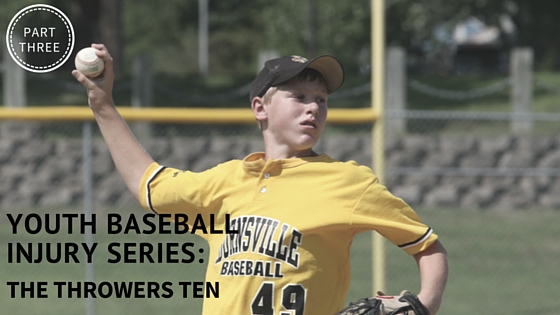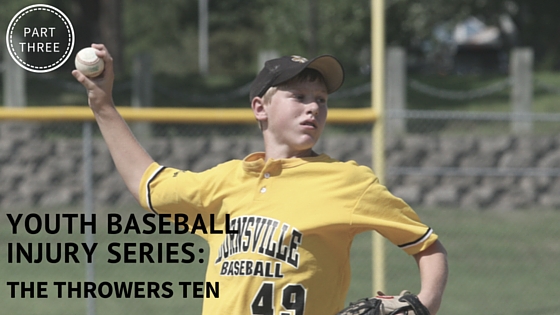
 The shoulder has the greatest range of motion of any joint in the body but the least amount of inherent stability. The joint capsule, ligaments and surrounding musculature provide functional stability while performing different activities.
The shoulder has the greatest range of motion of any joint in the body but the least amount of inherent stability. The joint capsule, ligaments and surrounding musculature provide functional stability while performing different activities.
The overhead throwing or striking of an object is one of the more forceful activities that occur in sports. The cumulative effect on the shoulder shouldn’t be underestimated: It involves accelerating the arm at very high speeds to end ranges of motion and then decelerating (or bringing to rest), sometimes in a fraction of a second.
Overhead activities that are commonly linked to overuse injury:
Among these, baseball pitching accounts for the greatest incidence of shoulder injuries as it creates the highest velocity of arm movement. Numerous muscle groups must move multiple joints at specific times in order to make this movement happen without putting undue stress on the shoulder and elbow.
Muscles of the glenohumeral joint (the true shoulder joint):
Muscles of the scapulothoracic joint:
The likelihood of injury increases when there are imbalances in muscle strength or flexibility. The overhead throwing motion can put up to 60 pounds of force onto the shoulder and elbow as the arm moves at speeds anywhere from 80 to 100 mph.
“The Thrower’s 10” program was developed out of a need to train the arm for the specific demands of overhead athletes. (Alternate programs have been developed, some of which expand to more than 15 particular exercises.)
The muscles involved in throwing don’t necessarily need to be trained for size. Because throwing is a repetitive activity, the muscles involved need to be trained for endurance, to be fatigue resistant.
These exercises can be performed as part of a strength and conditioning program both in and out of your sporting season. It is recommended that you consult with a local physical therapist, athletic trainer, or certified strength coach who can help you implement The Thrower’s 10 program.
Click here to download a printable version of the Throwers 10 Program!